



Beautiful gardens, national parks from all around the world! Please take a tour, and enjoy!




The Daisen-in was founded in 1509 by the Zen priest Kogaku Sotan (1464-1548) upon his retirement as abbot of Daitoku-ji.
The entire complex is one of the most famous examples of the dry garden style known as karesansui - literally "withered mountains and water" - that can be traced back at least as far as the early Muromachi Period and the gardens associated with Muso Soseki.

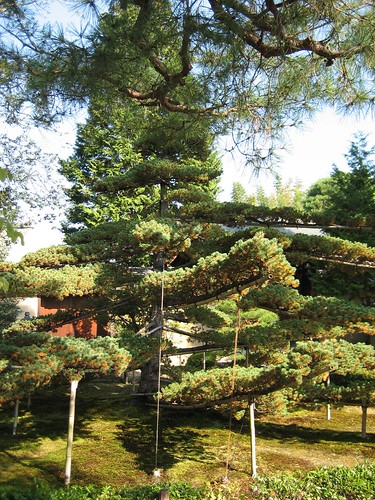
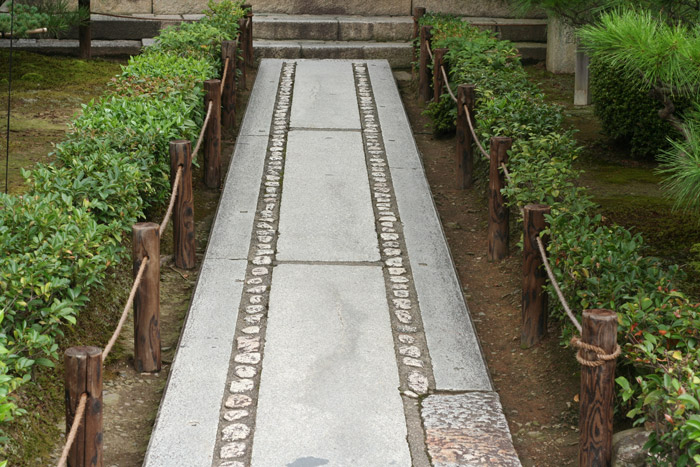
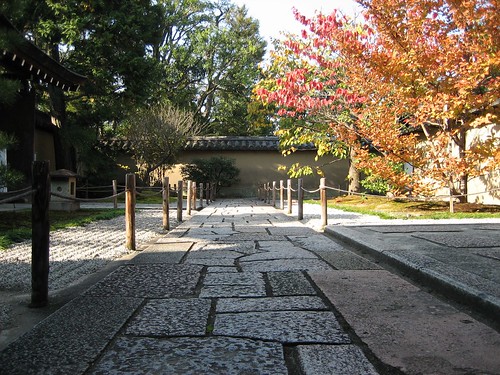

The site of the temple was originally a Fujiwara family estate. It eventually came into the hands of the Hosokawa clan branch of the Fujiwaras. Hosokawa Katsumoto inherited the residence, and lived here before the Ōnin War. After Katsumoto's death, he willed the war-ravaged property to be converted into a Zen sect temple complex. Later Hosokawa emperors are grouped together in what are today known as the "Seven Imperial Tombs" at Ryoan-ji. The burial places of these emperors -- Uda, Kazan, Ichijō, Go-Suzaku, Go-Reizei, Go-Sanjō, and Horikawa -- would have been comparatively humble in the period after their deaths. These tombs reached their present state as a result of the 19th century restoration of imperial sepulchers (misasagi) which were ordered by Emperor Meiji.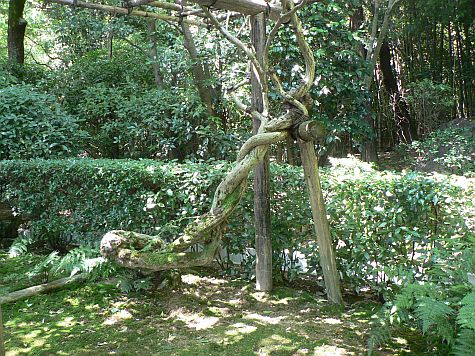
To many, the temple's name is synonymous with the temple's famous karesansui (dry landscape) rock garden, thought to have been built in the late 1400s. The garden consists of raked gravel and fifteen moss-covered boulders, which are placed so that, when looking at the garden from any angle (other than from above) only fourteen of the boulders are visible at one time. It is traditionally said that only through attaining enlightenment would one be able to view the fifteenth boulder. (Also, if facing the garden from the far right and about 8 feet back a person of about 1.82m(6ft) in height can see all 15 boulders, though the small boulder farthest to the left appears to be part of the much larger boulder immediately next to it).


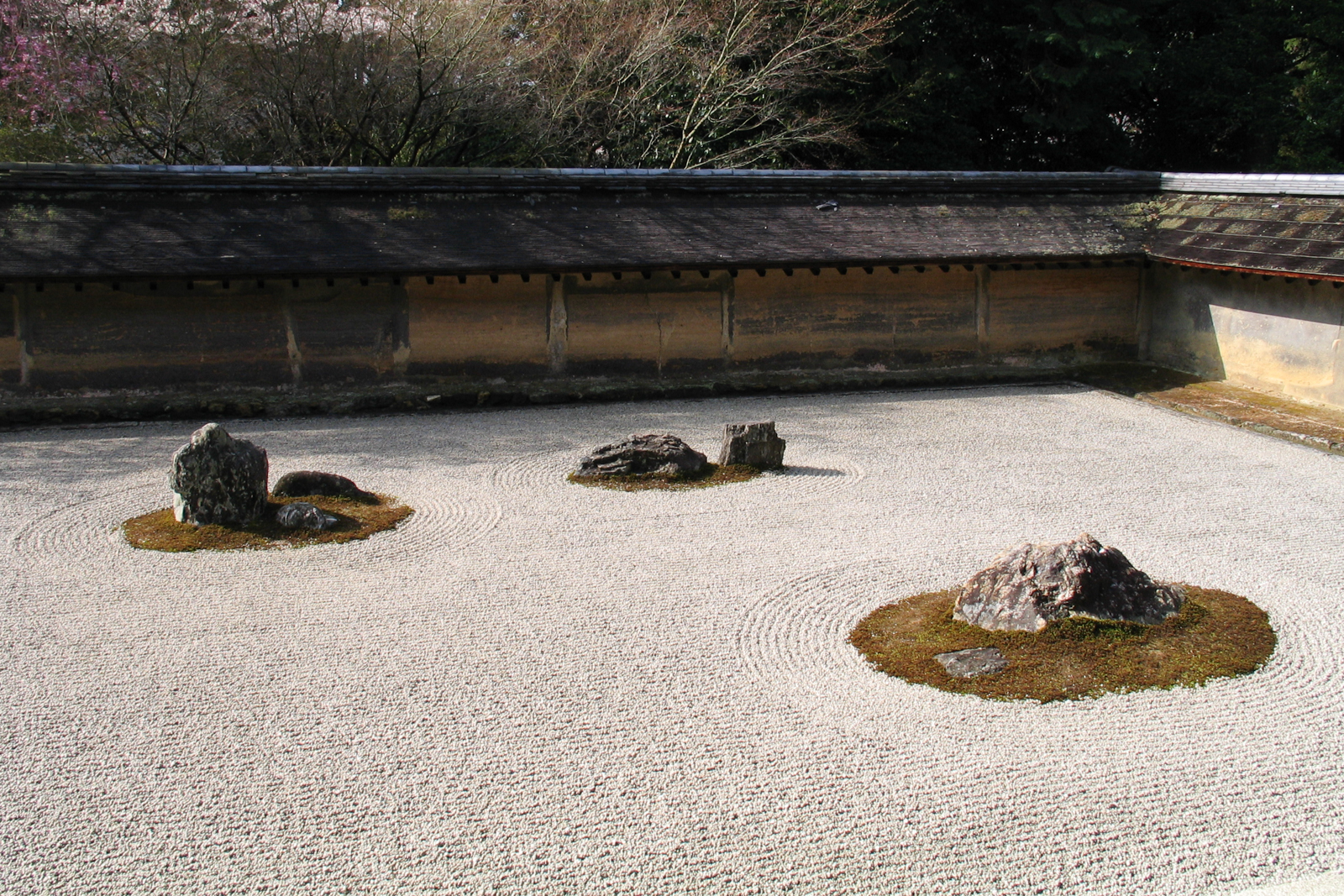





Only some decades later, Franz Anton Danreiter altered them again in 1730, shaping what is now considered to be one of the most beautiful Baroque gardens of 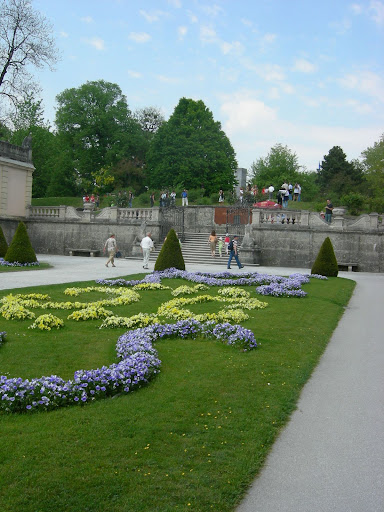
The “Grand Parterre” is the oldest part of the 
On the balustrades themselves you will see statues of Roman gods from 1689: Diana, Flora, Minerva, Ceres,
The Grand Parterre is embraced by a marble railing decorated with vases by Fischer von Erlach. In the heart of the garden, you will see a large fountain, with four statue groups around it: the rape of Prosperina, rape of Helena, Aeneas and Anchises, and finally Hercules and Antaeus. These statues were made by Ottavio Mosto in 1690.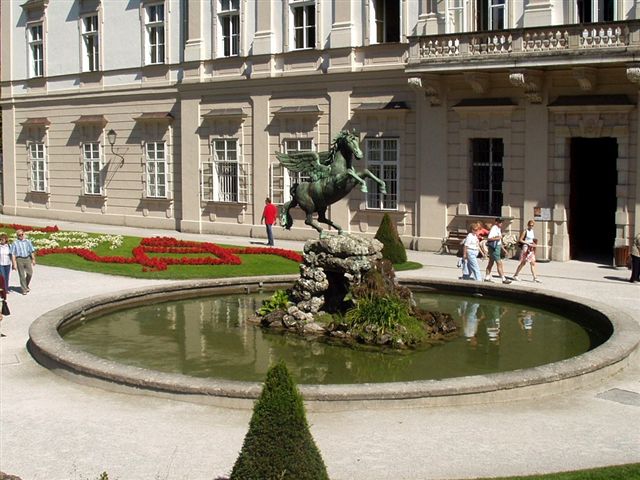
Next to the main part of the Grand Parterre, set apart a little towards the
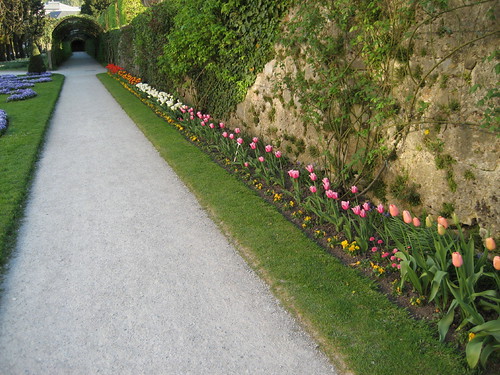





Keukenhof is located in South Holland between the towns of Hillegom and Lisse, south of
The flower garden was the idea in 1949 of the then-mayor of Lisse, a small town south of
Keukenhof is open annually from the last week of March to mid-May. The best time to view the tulips is around mid-April, depending on the weather. In 2008 the Keukenhof will be open from March 20 to May 18.

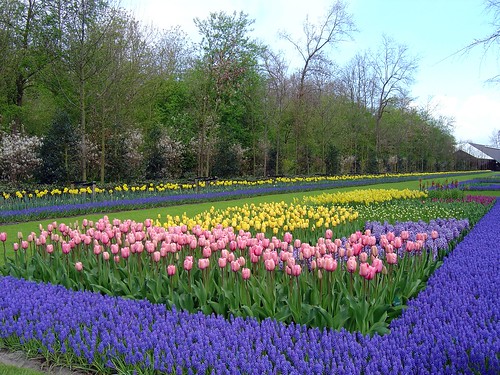







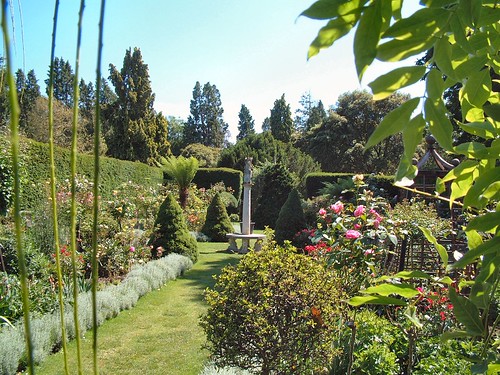
Exbury is a 200 acre informal woodland garden with very large collections of rhododendrons, azaleas and camellias, and is often considered the finest garden of its type in the
Lionel Nathan de Rothschild purchased the Exbury estate in 1919 and soon set to creating a garden on an ambitious scale. The infrastructure included a water tower, three large concrete lined ponds, and 22 miles of underground piping. Exbury is now open to the public for most of the year, with high seasons in the spring for the flowering shrubs and the autumn for the autumn colour. Other features include the hydrangea walk, the rock garden, with its black swans, the sundial garden which follows an exotic planting, and a camelia walk (which takes you to a path alongside Bealieu river and back via the pond).
The Rothschild's house at Exbury is a neoclassical mansion which was built around an earlier structure in the 1920s. It is not open to the public. In the north east corner of the gardens there is also the Exbury Steam Railway that goes on a journey across the pond in Summer Lane Garden, along the top of the rock gardens and into the





